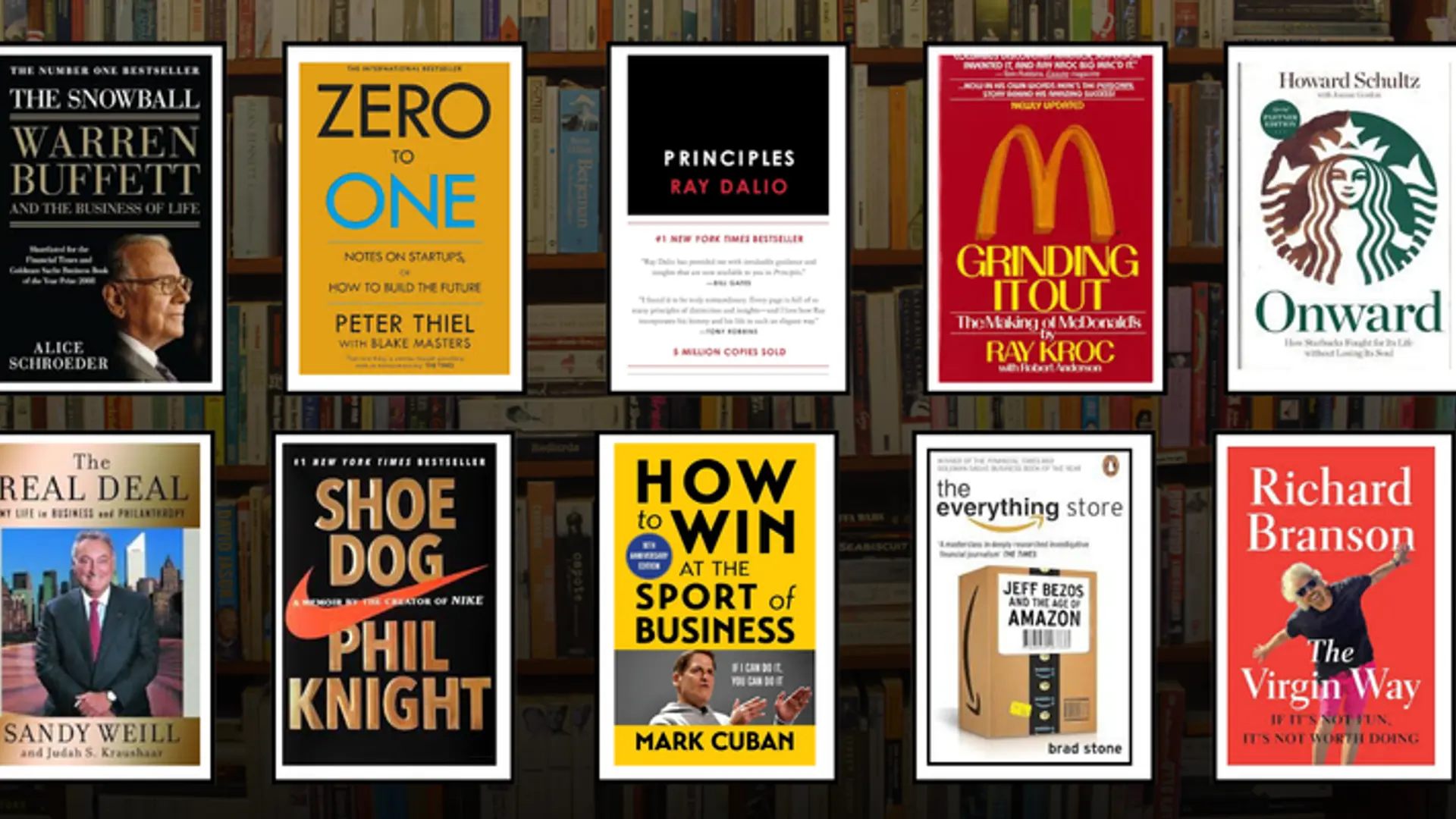Why human-centered design maybe key to unlocking the powers of social innovation

Long before “design thinking” became the buzzword it is today, legendary American designers Charles and Ray Eames were invited to travel to India by the then Prime Minister of the country–Jawaharlal Nehru. The objective of their trip was to immerse themselves in India’s prevailing design culture, and address the issue of the increasing number of low-quality consumer goods being produced in the country at that time. At the end of their visit, they produced what has now become a seminal work in the field of product design, The India Report, which also led to the establishment of one of India’s premiere design institutions–the National Institute of Design.I first read the India Report as a part of an assignment for a class on mapping and visualization class at the MFA Design for Social Innovation program at the School of Visual Arts. A number of things struck me as I read through the report. Although it was drafted in 1958, it was remarkable how much of its content is just as relevant today as it was over fifty years ago. The Eames’ have been recognized internationally for the emphasis that they place on the design process, rather than the final product or outcome–and it is this process, which places the user of the product at the center of any kind of product or service development, that has become the focal point of design today.
It seems almost intuitive that the process of design should be focused around the user; however, the shift from designing for a specific user to designing with a user, is what has become particularly relevant in the context of design for social innovation. The rise of social entrepreneurship over the past decade, in both developed and developing countries, has seen a tremendous number of products and services being designed for, in the words of CK Prahlad, the other 90 percent. It is a reflection of both the acceptance of social enterprise (with its double or even triple bottom-line objectives: profit, people and planet) as a viable approach to development, and the recognition that “the other 90 percent” is a significant, largely untapped market waiting to be serviced.
The “social” success of these enterprises, however, hinges on two main principles of the design process–correctly identifying a specific need through ethnographic research, and the ability to adapt a product (or iterate on a prototype, in design-speak) based on changing user requirements. If a social business finds itself unable to make much of an impact, it is most likely due to a lack of embracing either of the above.
What human-centered design emphasizes is moving beyond a superficial understanding of a gap in the market; it is engaging with the people for whom a product or service is being designed for, and co-creating solutions with the population that is being serviced. It is also staying agile and flexible, to be able to respond to changing requirements by taking into account the first-hand experiences, contexts and ideas of the users of their products. There are a number of design approaches that incorporate these principles, such as the Positive Deviance approach and Theory U, which have much to offer aspiring social entrepreneurs who wish to create socially responsible enterprises, and initiate social change.
Having worked previously in the field of social entrepreneurship in India, I have seen the industry grow over the past few years. Happily, the number of social businesses is on the rise. The best of these, the ones that have had the greatest impact and stayed true to their philosophies of people, planet and profit, are also the ones that have incorporated what Charles and Ray Eames brought to our attention to many decades ago– human centered design.
There is no greater time than now to be a designer.
Author bio: Rhea Rakshit is a student at MFA Design for Social Innovation at SVA NYC. dsi.sva.edu







